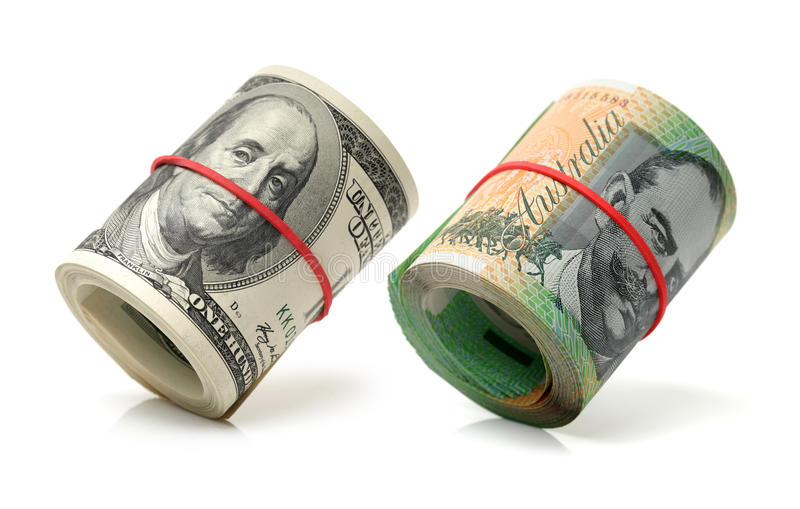Australian dollar strengthens as commodity prices recover, including coal and copper.
The Australian Dollar (AUD) ends its nine-day losing run against the US Dollar (USD) on Friday, following the People’s Bank of China’s (PBoC) unexpected decreases to key lending rates. This decision improves the outlook for the largest metals consumer, resulting in increased pricing for commodities like coal and copper. Given Australia’s position as a net exporter of energy and metals, its currency is particularly sensitive to movements in commodity prices.
The Australian dollar also supported by hawkish opinion surrounding the Reserve Bank of Australia’s (RBA) policy stance. Unlike other major central banks, the RBA expected to postpone reducing its policy tightening due to persistent price pressures and a tight labor market.
The US dollar may rise since recent US economic indicators have decreased the Fed’s rate-cutting predictions for September.
The Australian Dollar(AUDUSD) pair gains momentum against the weakening US dollar. However, the Greenback’s downside may be limited as improved US economic indicators have tempered some rate cut forecasts for September. On Friday, the June Personal Consumption Expenditures (PCE) Price Index will be released.
According to CME Group’s FedWatch Tool, the chance of a 25-basis-point rate cut at the September Fed meeting has dropped to 88.6% from 94.0% a week ago.
Daily Market Movers: Australian Dollar strengthens due to higher commodity costs.
Bank of America claims that the United States’ robust economic growth allows the Federal Open Market Committee (FOMC) to “afford to wait” before making any changes. The Bank of America says that the economy “remains strong” and retains its anticipation that the Fed will begin cutting rates in December.
On Thursday, the US GDP increased at an annualized rate of 2.8%, adjusted for seasonality and inflation, up from the previous figure of 1.4% and beyond forecasts of 2%. In addition, initial jobless claims declined to 235K in the week ending July 19, compared to the prior reading of 243K and the projected 238K.
In July, the S&P Global US Services PMI rose to 56.0, its highest level since 28 months, up from a reading of 55.3 in June and beyond market forecasts of 55. Meanwhile, the Composite PMI increased to 55.0 from 54.8, the highest value since April 2022 and suggesting continued improvement over the previous 18 months.
The PBOC’s unanticipated lending rate decreases result in increased commodity prices.
Concerns over China’s sluggish economy heightened by the People’s Bank of China’s (PBoC) unexpected rate drop on Monday. The People’s Bank of China (PBOC) reduced the one-year Medium-term Lending Facility (MLF) rate from 2.50% to 2.30% on Thursday. Furthermore, the Bank of China, one of the world’s major banks, announced a 10-to-20 basis point reduction in time deposit rates. Because China and Australia are close trading partners, any changes in the Chinese economy could have an influence on Australian markets.
Australia’s Judo Bank’s Manufacturing PMI rose to 47.4 in July from 47.2 in June. Meanwhile, the Services PMI fell to 50.8 in July, from 51.2 in June. The Composite PMI also fell, down to 50.2 in July from 50.7 in June.
According to Sean Langcake, head of macroeconomic forecasting for Oxford Economics Australia, the continuing rate of employment growth indicates that demand is resilient and cost pressures will persist. We believe the RBA will maintain the course and leave interest rates on hold, but August is undoubtedly a live meeting.








